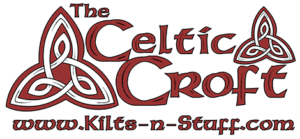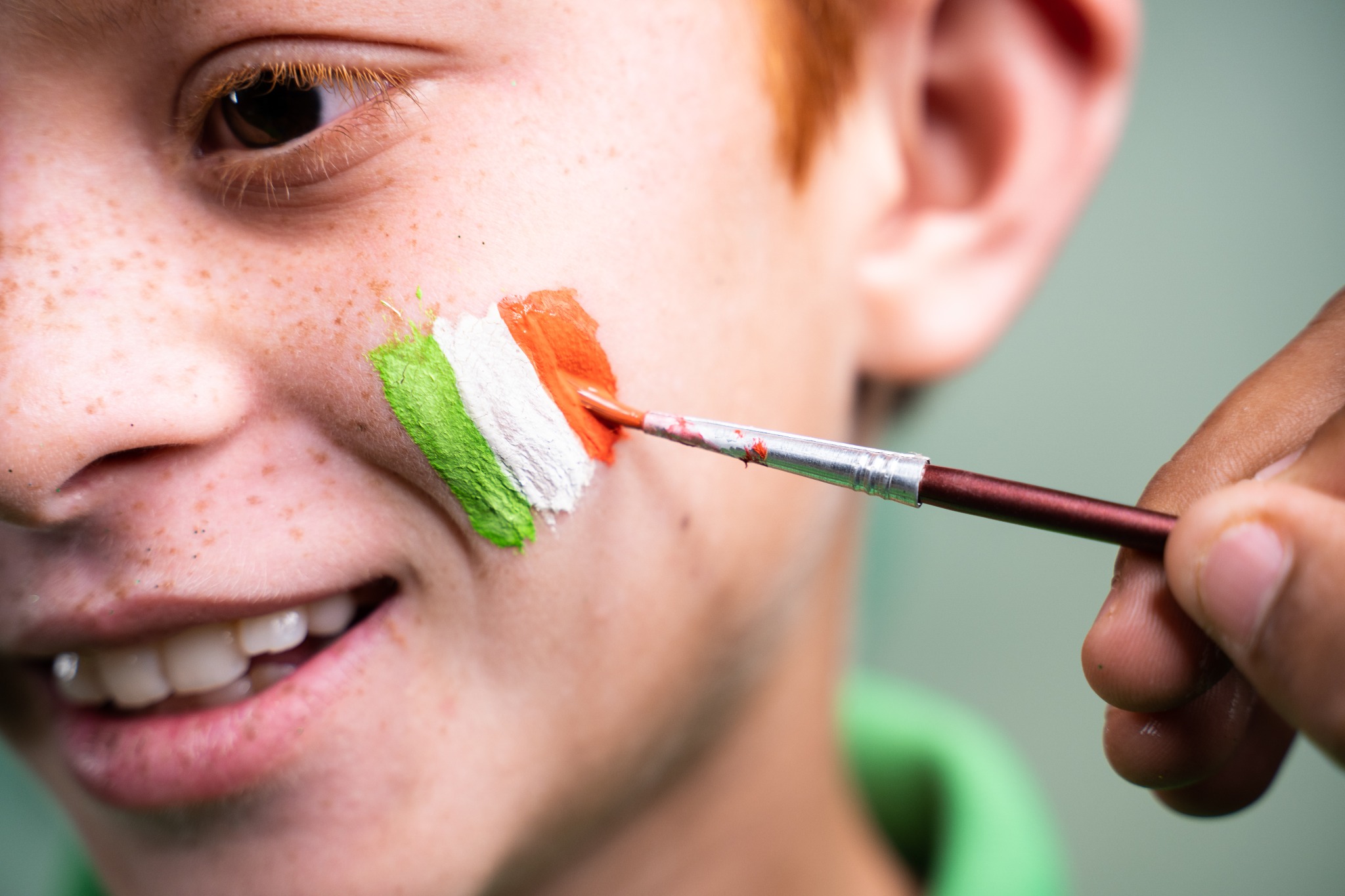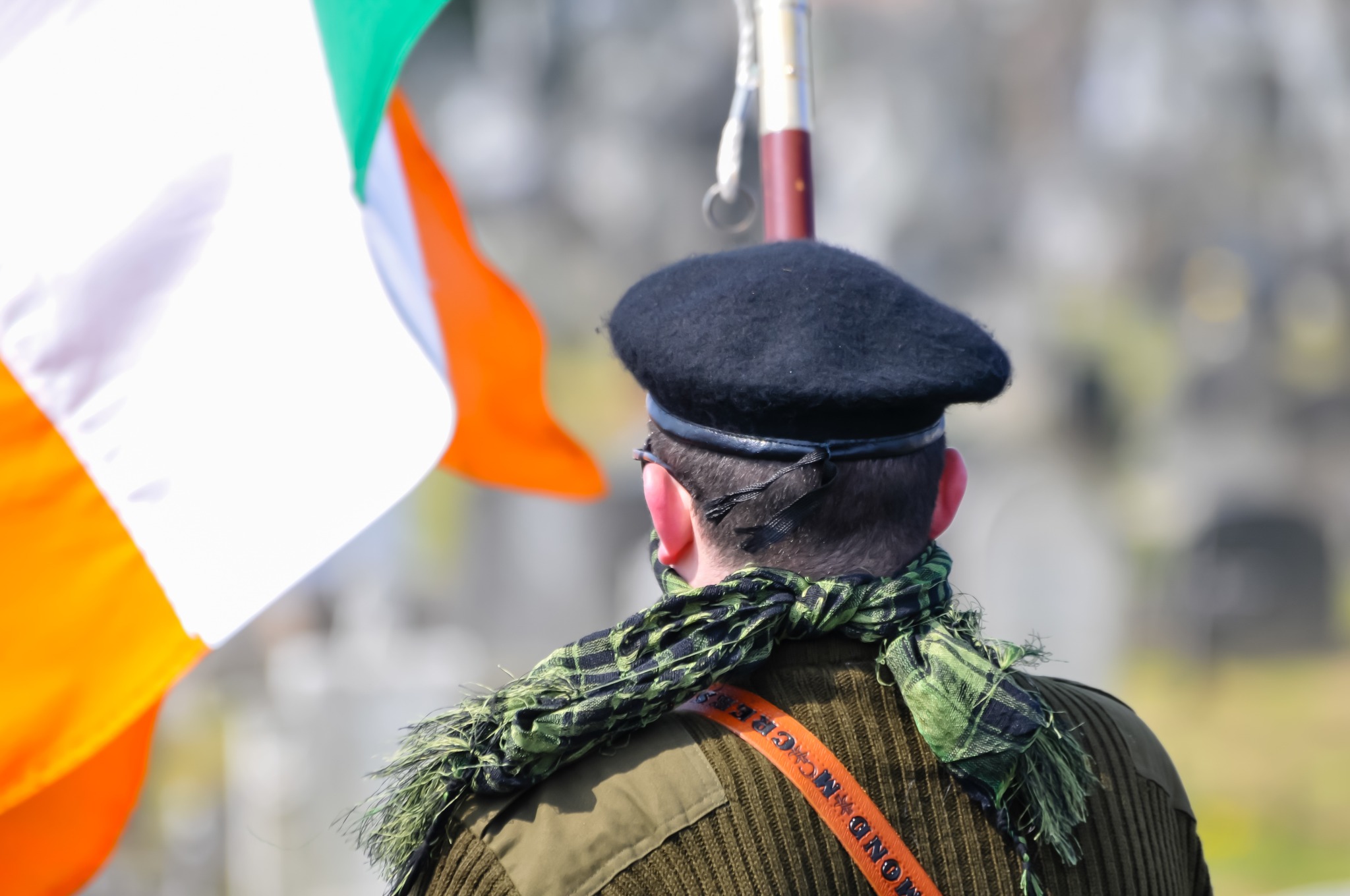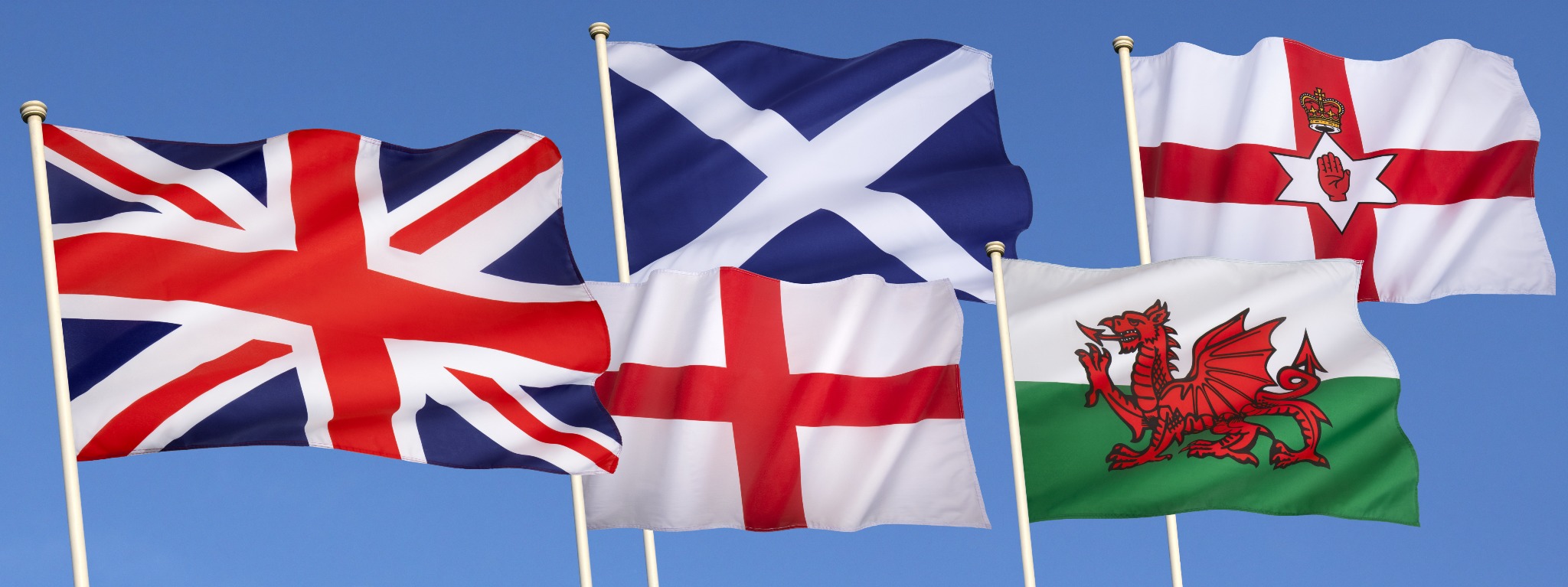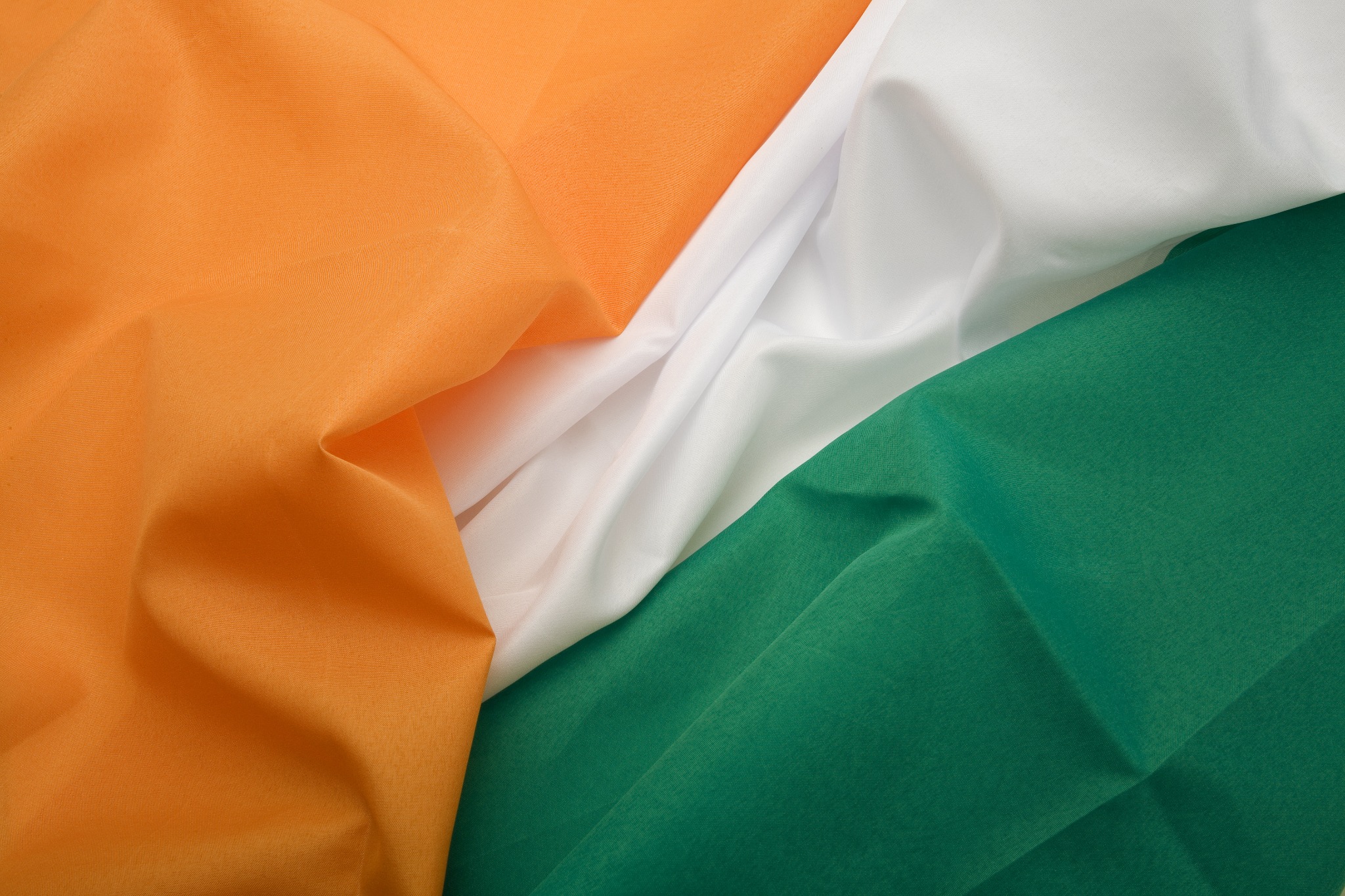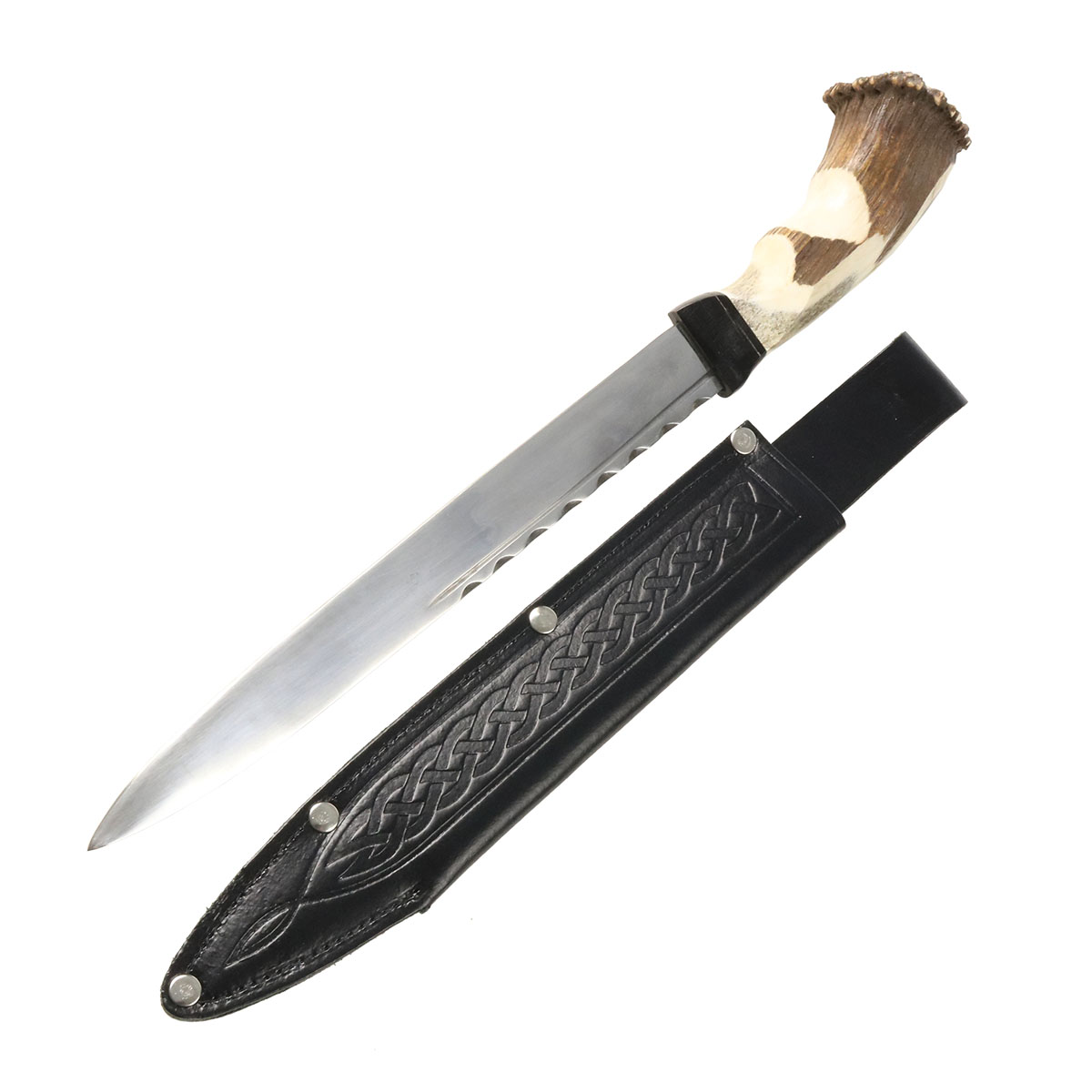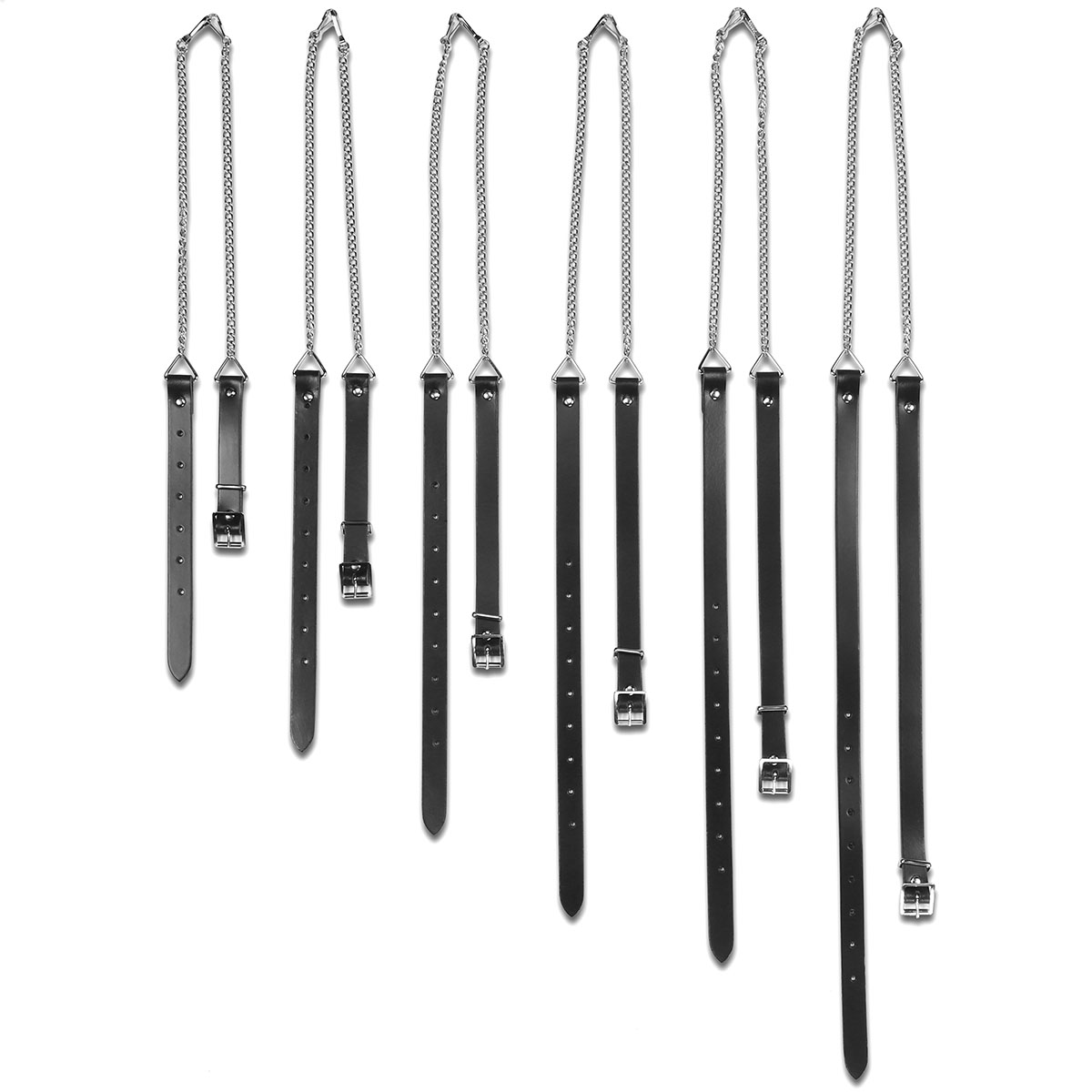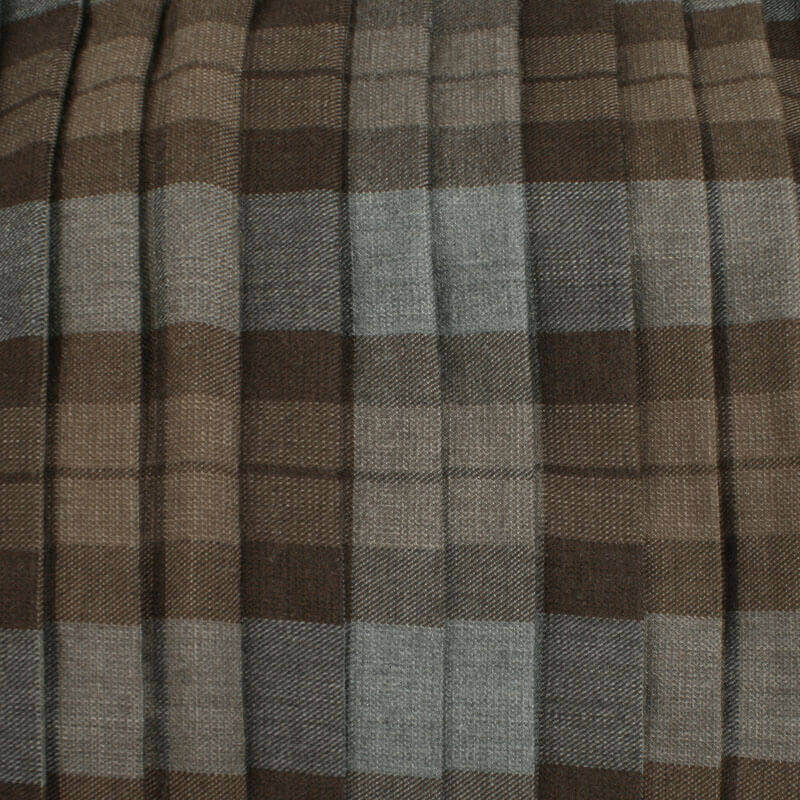Green, white, orange or orange, white, green? Can you name the order of colors on an Irish flag without looking at one? Do you know the significance of the colors or how the Irish flag originated?
Most Americans know the United States flag’s story. Betsy Ross sewed it. The 13 stripes are for the original colonies, and the 50 stars represent each state.
But what is the story behind the official Irish flag?
[blog-cta-button maintext=”Shop Irish Kilts ‘n Stuff!” ctalink=”https://www.kilts-n-stuff.com/product-category/irish-tartans-and-stuff/”“ ctatext=”Explore the Shop”/]
A Colorful History
In a nutshell, the green on the Irish flag represents the Irish Catholic; the orange section represents the Irish Protestants. The white area in the middle signifies both religions’ peace and unity. The Irish flag, inspired by the French flag’s design, was made and gifted to Ireland by the French.
The infamous Easter Rising of 1916 is often associated with the tricolor flag flying. The flag’s history goes back to 1848 in Waterford City. Thomas Francis Meagher, leader of the Young Irelanders, hoisted the tricolor flag on March 7th at the Wolfe Tone Confederate Club.
There is mention of the tricolor flag in 1830 and 1844. In 1848, the national flag widely flew in public spaces and at meetings all over Ireland. It was often displayed next to the French flag to celebrate its recent revolution.
The 1800s were difficult for Ireland. The divide between Catholics and Protestants in Ireland was fierce. Ireland was also struggling with the Great Famine, with millions leaving for America and Canada.
The first man to fly the tricolor, Thomas Meagher, envisioned Ireland as a united and free state. He envisioned Irish Catholics and Irish Protestants joining together, free from Great Britain.
According to The Irish Times, in February of 1848, Thomas Meagher gave his acclaimed speech. “What strength have I to beat my way towards that bold headland, upon which I have sworn to plant the flag I have rescued from the wreck?”
The 1848 revolutions throughout Europe gave hope to Thomas Meagher and his Young Irelanders. By overthrowing the monarchies, they could establish independent and democratic governments. The hope was for Ireland to overthrow the British rule in a peaceful revolution of their own.
During a visit in 1848 to France, Meagher, William Smith O’Brien, and Richard O’Gorman were gifted with the tricolor flag. It had been crafted by a group of French women from the finest silks France had to offer. The Irish group’s mission was to congratulate the French on King Louis Philippe’s overthrow.
Back in Dublin, Meagher presented all of Ireland’s citizens the silk flag. He announced that the white in the middle was his hope for a lasting truce between the “orange” and the “green.”
Due to the Rebellion of 1848, Thomas Meagher was arrested and convicted for the Young Irelanders’ leadership. A huge crowd gathered for his trial in Slievenamon (County Tipperary). He addressed the group, exclaiming that he knew that future generations would fly the tricolor as a unity symbol.
The Easter Rising
The Easter Rising was the armed insurrection between Irish republicans and British rule. On Easter Monday in 1916, the Irish Republican Brotherhood, Irish Volunteers, and Irish Citizen Army flew the Tricolor in Dublin.
The British were battling World War I at the same time. The Easter Rising conflict lasted only six days.
The Irish fought hard and managed to capture key locations and inflict many British casualties. More British forces joined, and the Irish were outnumbered and outgunned.
The British government executed sixteen of the leaders in May 1916. The insurrection, the nature of the executions, and resulting political developments swayed public opinion to favor Irish independence.
Orange Is For Protestant
How did orange become synonymous with Protestantism in Ireland? William of Orange, the Protestant Dutch prince who became King William III of Britain, had many loyal Irish Protestant followers.
As King, William successfully defeated King James II. and his Irish Catholic army at the Battle of the Boyne in 1690.
In the North, the ‘Orangemen’ still celebrate this Protestant victory with big bonfires on July 11th. Some bonfires are for good craic, and others represent the lingering troubles. On July 12th, the festivities and parades are all celebratory.
The White
With so much division in Ireland, the white symbolizes the two religions as a peaceful Ireland. The Irish constitution entitles everyone born in Ireland to be a part of the Independent nation. No one is excluded, regardless of ethnic origin, religion, or political conviction.
Green, The Color Of The Isle
Green is by far the most associated color with Ireland, from shamrocks to clothing to the moniker “The Emerald Isle.” Green also symbolizes the Irish Catholic on the flag.
The Flags Of Ireland
An older flag of Ireland, known as the Leinster Flag/ Naval Jack flag, is green with a gold harp. This flag represents the Leinster province, whose capital is Dublin. This flag dated back to the United Irishmen in 1798.
However, contrary to popular belief, the Naval Jack flag also was seen in the 1916 Easter Rising. The Sinn Fein (Ireland’s largest political party) promoted the tricolor, uniting Roman Catholic and Protestant groups in Ireland.
Other flags in Ireland include:
- Northern Ireland
- the Ulster Flag
- the Four Province Flag
- St. Andrew’s Cross
Rules Of The Irish Flag
Some Irish will display a flag with the orange replaced with gold, however, the Irish government actively discourages this practice.
As with most flags, there are rules. Common standards include not touching the ground, entangling in trees, etc. Ireland also requires no other flag to be flown above it, and no additional words or graphics may adorn the flag.
Show Your Irish Pride Every Day
[blog-cta-button maintext=”Shop Irish Flags” ctalink=”https://www.kilts-n-stuff.com/shop/seasonal/tartan-day-essentials/ireland-flag/“ ctatext=”Explore the Shop”/]
Today, green, white, and orange are synonymous with Ireland. Decorate your house with one of our Irish flags to welcome all your kith and kin. The Irish are rather well known for their hospitality!
